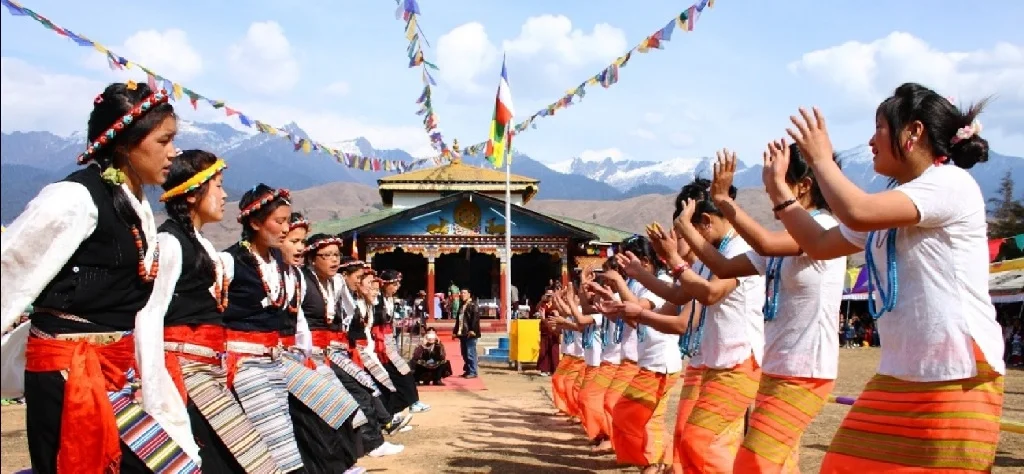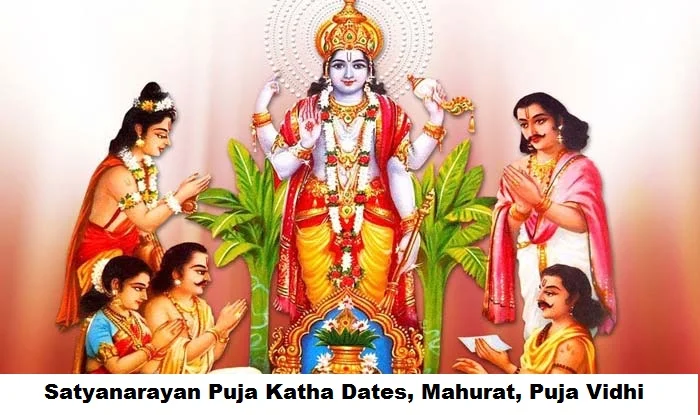Losar 2024: Tibetan New Year, History of Losar festival

Losar marks the beginning of a new year and is a major festival celebrated in Tibet, India, Bhutan and Nepal. Losar is made by the combination of two words- Lo and Sar, where Lo means year and Sar means New, thus the total meaning is New Year.
In earlier days, this festival was celebrated as a winter ceremony in which people offered large quantities of incense to please local deities and drive negative spirits away. One of the most important festivals, the Losar festival is celebrated with great pomp and excitement by the people of Ladakh, Sikkim and Arunachal Pradesh.
In this article, you can find important details about the Losar festival like how to celebrate this day, what is its significance, etc.
Losar 2024 Date
The festival of Losar is celebrated on various dates depending on the region in which it is observed. In the state of Sikkim, Losar 2024 will be observed on February 10. It is observed as a public holiday in the Sikkim state and all public offices, banks and schools remain close on this day. Private offices, shops and stores may also remain close or operate with reduced hours.
History of Losar festival
The history of Losar festival predates to the arrival of Buddhism in Tibet and its neighboring regions like parts of India, Bhutan and Nepal. As per the ancient tradition, a spiritual ceremony was conducted every year in the winter.
During this ceremony people offered considerable amount of incense to please the local deities and the spirits. Later, this ceremony was converted into a yearly Buddhist festival which most probably started during the tenure of the ninth Tibetan king, Pude Gungyal.
Losar Celebration
Ladakh
Prior to the festival, people start cleaning their houses and discard unused and old items as they believe that doing so will drive away the evil and negative energy. On the day of Losar, the Buddhist monks wake up really early in the morning and make religious offering to the Goddess Palden Lhamo who is considered the supreme protector of Dharma. After that, prayers are offered under the supervision of Dalai Lama. Other than this, cultural events, ancient rituals and traditional performances are performed during this festival.
The second day of the festival is known as King’s Losar. On this day, a gathering is held within hall of Excellence of Nirvana and Samsara. Celebration for the local people begins from the third day of the festival. Dancing accompanied with music and processions form an important tradition of the Losar festival. People meet their friends and relatives and enjoy a grand dinner with them.
Sikkim
In Sikkim, the major attraction of the festival the masked dance known as Cham which is performed by the lamas of monasteries. A bucket of Tampsa, made of roasted barley flour and butter, is prepared to be offered in home temples and the monasteries. Prayers are offered to the gods for a good harvest in the coming new year. There is also a public holiday in Sikkim on the occasion of Losar.
Arunachal Pradesh
People clean their houses and decorate then with the eight auspicious symbols. These symbols are known as Tashi Dargye and includes the following items- the precious umbrella, a victory banner, 2 golden fish, a right coiled white conch shell, a lotus flower, a vase of treasure, the Dharma Wheel and the Eternal Knot. Offerings called as Lama Losar is prepared on this occasion to be offered to the gods. People offer prayers at home and monasteries and donate food and cloth to the poor and needy.
A traditional mask dance known as Aji Lhamu is the major attraction of the festival and a large number of people dressed in colorful bright clothes participate in the dancing. Another famous tradition of Losar is the lighting of torches in the evening as it is believed to drive away the evil spirit and negativity from their houses. People visit their friends and family and enjoy meal together. On the final day of Losar festival, there is a ritual where people raise flags, make butter sculptures and burn juniper leaves.
FAQs
Yes
on February 21
Tibetans, Nepalese, Bhutanese, Monpa, Baltis




